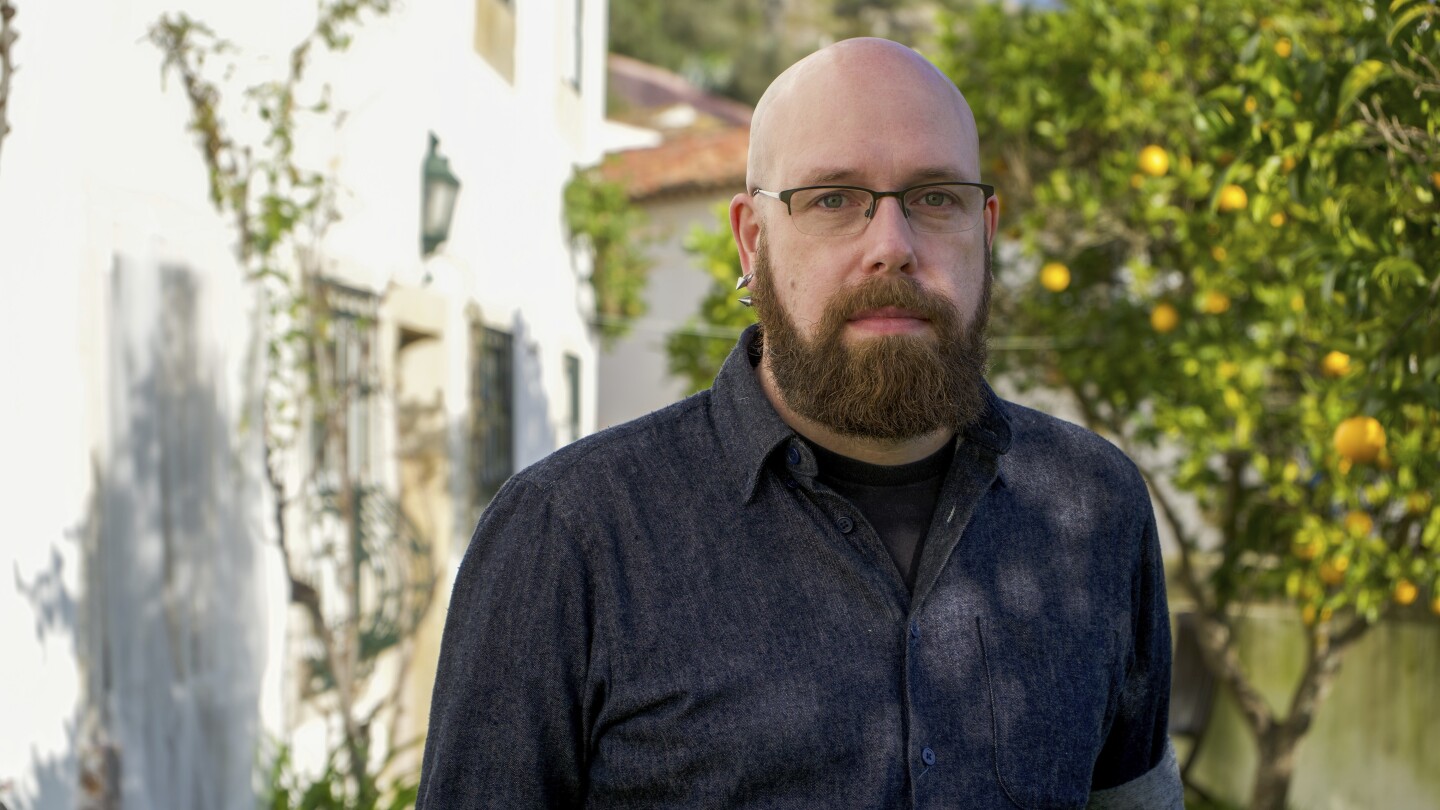Those same images have made it easier for AI systems to produce realistic and explicit imagery of fake children as well as transform social media photos of fully clothed real teens into nudes, much to the alarm of schools and law enforcement around the world.
Until recently, anti-abuse researchers thought the only way that some unchecked AI tools produced abusive imagery of children was by essentially combining what they’ve learned from two separate buckets of online images — adult pornography and benign photos of kids.
But the Stanford Internet Observatory found more than 3,200 images of suspected child sexual abuse in the giant AI database LAION, an index of online images and captions that’s been used to train leading AI image-makers such as Stable Diffusion. The watchdog group based at Stanford University worked with the Canadian Centre for Child Protection and other anti-abuse charities to identify the illegal material and report the original photo links to law enforcement.



What exactly are you basing the dumb tech bros thing on? Is there even a single training set that has some sort of verification yet? If they did we wouldn’t have all the DMCA issues that AI is also going through would we? It seems like it’s generally argued that’s not actually easy to do at the moment.
Like you’re arguing a lot of absolutes here that don’t seem to be backed up by anything???